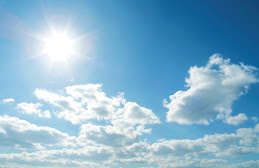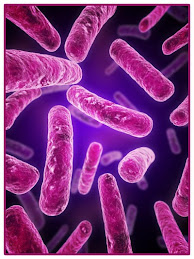Friday, May 21, 2010
Saturday, May 15, 2010
Carbon Source, Carbon Sinks, Release Agents
A carbon sink is anything that removes the carbon from the air. For example, some plants in the ocean uses photosynthesis to take in the carbon. The plants then give out oxygen for fishes to breathe. Also, the phytoplankton in the ocean also takes in the carbon. Some carbon sinks on the land include long -lived trees, limestone, and shells. You can think of carbon sinks as incinerators. The carbon sinks take out the carbon, and the carbon disappears.
A carbon source is anything that gives out carbon. For example, burning fossil fuels is a carbon source. The burning releases carbon, which joins with oxygen to become CO2. The oxygen we breathe has two molecules, representing the two in CO2. Carbon is C, and there is only one molecule of carbon in each piece. Carbon sources can vary from a train running on coal to people breathing and sticking their tongue out. Just as how a mother gives milk to her baby, the carbon source gives out carbon.
A release agent is anything that releases out carbon. Unlike carbon sources, release agents are natural. For example, a volcano has to blow off its top sometime. Volcanic activity could release carbon into the air as a billowing ash cloud. Maybe, a thunderstorm may occur and lightning may strike. Some trees could get on fire. Burning of trees releases carbon as well. But this cause is natural. Some of other examples of release agents include peace signs and people jumping rope.
Food Web Vs. Food Chain
Energy Source
 e (the sun in this case) is vital for the food chain to start. The sun gives energy for the producers to make their own food. Because of this, the food chain is able to flow along smoothly and undisturbed. However, if the sun is taken out of the food chain, the consumers would become carnivores, feasting upon each other because producers are taken out of the food chain. Also, scavengers wouldn't have anything to eat, and the decomposers wouldn't have anything to decompose too. Soon the decomposers and the scavengers would become extinct.
e (the sun in this case) is vital for the food chain to start. The sun gives energy for the producers to make their own food. Because of this, the food chain is able to flow along smoothly and undisturbed. However, if the sun is taken out of the food chain, the consumers would become carnivores, feasting upon each other because producers are taken out of the food chain. Also, scavengers wouldn't have anything to eat, and the decomposers wouldn't have anything to decompose too. Soon the decomposers and the scavengers would become extinct. Producer
 f the sun. Kelp makes chlorophyll, a pigment that makes this plant green. As you can see in the picture over here, the kelp forest is all green from chlorophyll. Through a process called photosynthesis, kelp takes energy from the sun and CO2. Using those items, kelp makes glucose, a type of sugar which it feeds on. Plankton is also a producer. Plankton also takes energy from the sun and converts it into its own food. To sum it up, seaweed is also a producer in the ocean biome. A primary consumer is an animal that eats a producer. Producers are important to the food chain. If there were no producers, all consumers would become carnivores, or meat-eating animals. When all the consumers eat meat, they would have to reproduce fast enough in order for the food chain to stay in place. Scavengers would have to work more, and decomposers would have to decompose the dead animals, making them into rich soil. But what is the use of good, rich soil without any producers to take in the rich nutrients and humus?
f the sun. Kelp makes chlorophyll, a pigment that makes this plant green. As you can see in the picture over here, the kelp forest is all green from chlorophyll. Through a process called photosynthesis, kelp takes energy from the sun and CO2. Using those items, kelp makes glucose, a type of sugar which it feeds on. Plankton is also a producer. Plankton also takes energy from the sun and converts it into its own food. To sum it up, seaweed is also a producer in the ocean biome. A primary consumer is an animal that eats a producer. Producers are important to the food chain. If there were no producers, all consumers would become carnivores, or meat-eating animals. When all the consumers eat meat, they would have to reproduce fast enough in order for the food chain to stay in place. Scavengers would have to work more, and decomposers would have to decompose the dead animals, making them into rich soil. But what is the use of good, rich soil without any producers to take in the rich nutrients and humus?






